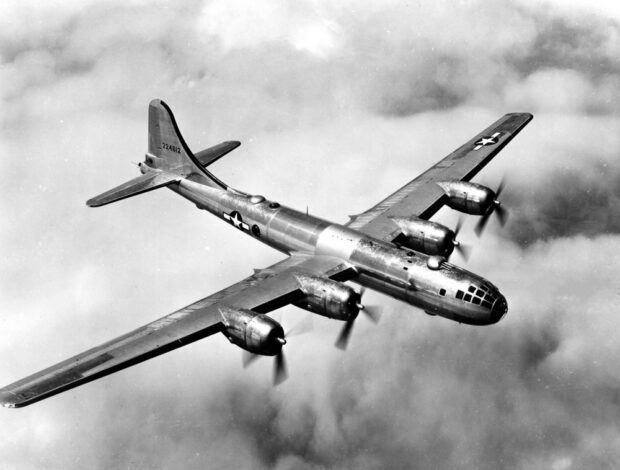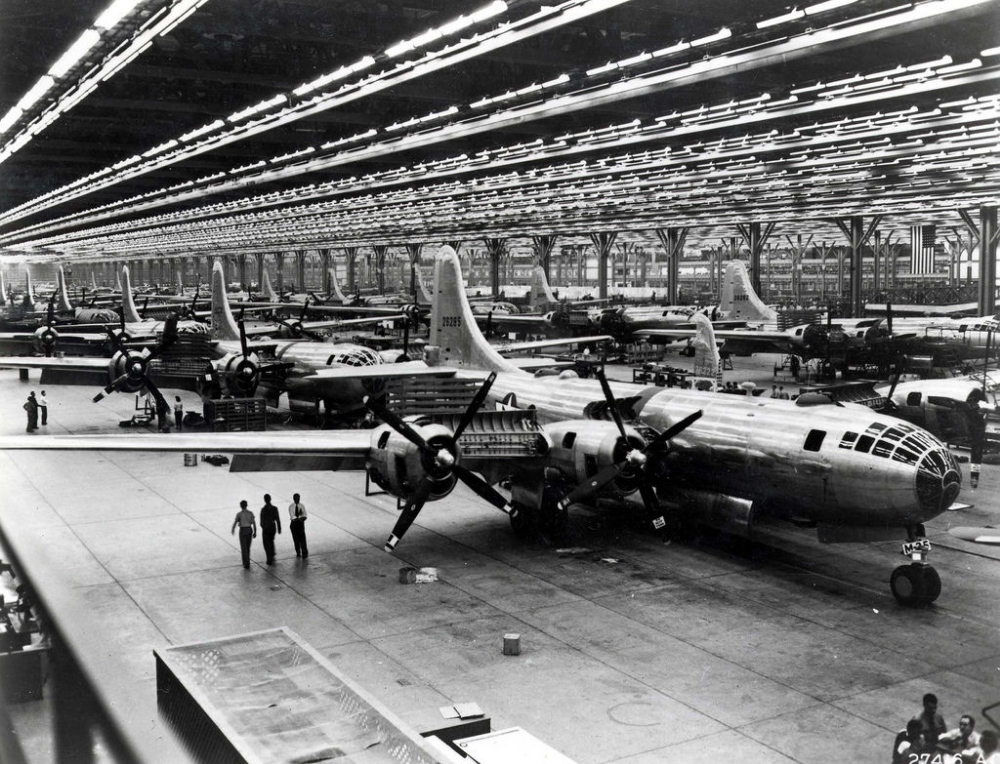The Boeing B-29 Superfortress not only brought one of the world’s largest and most brutal conflicts to a shocking end by delivering the atomic bombs on top of Hiroshima and Nagasaki, but it also revolutionized combat aviation technology as a whole.
With a staggering wingspan of 141 feet and a total 99-foot length from nose to tail, the colossal aircraft was the heaviest bomber in the world when it flew for the first time in 1942. Moreover, it had two enormous bomb bays that could carry the most massive payloads of any warplane.
The Superfortress was engineered as one of the first warplanes with a pressurized cabin, and it was able to fly so high that no Japanese aircraft could reach it.
The project was the most expensive and ambitious military undertaking by the US military of its time, costing even more than the Manhattan Project that created the atomic bomb. One of the largest aircraft of World War II, the B-29 was designed with state-of-the-art technology, which included a pressurized cabin, dual-wheeled tricycle landing gear, and an analog computer-controlled fire-control system that allowed one gunner and a fire-control officer to direct four remote machine gun turrets.
The $3 billion cost of design and production (equivalent to $45 billion today), far exceeding the $1.9 billion cost of the Manhattan Project, made the B-29 program the most expensive of the war. The B-29’s advanced design allowed it to remain in service in various roles throughout the 1950s. The type was retired in the early 1960s, after 3,970 of them had been built.
A few were also used as flying television transmitters by the Stratovision company. The Royal Air Force flew the B-29 as the Washington until 1954.
Middle Photo: USAFHRA
Sources: YouTube; Wikipedia


